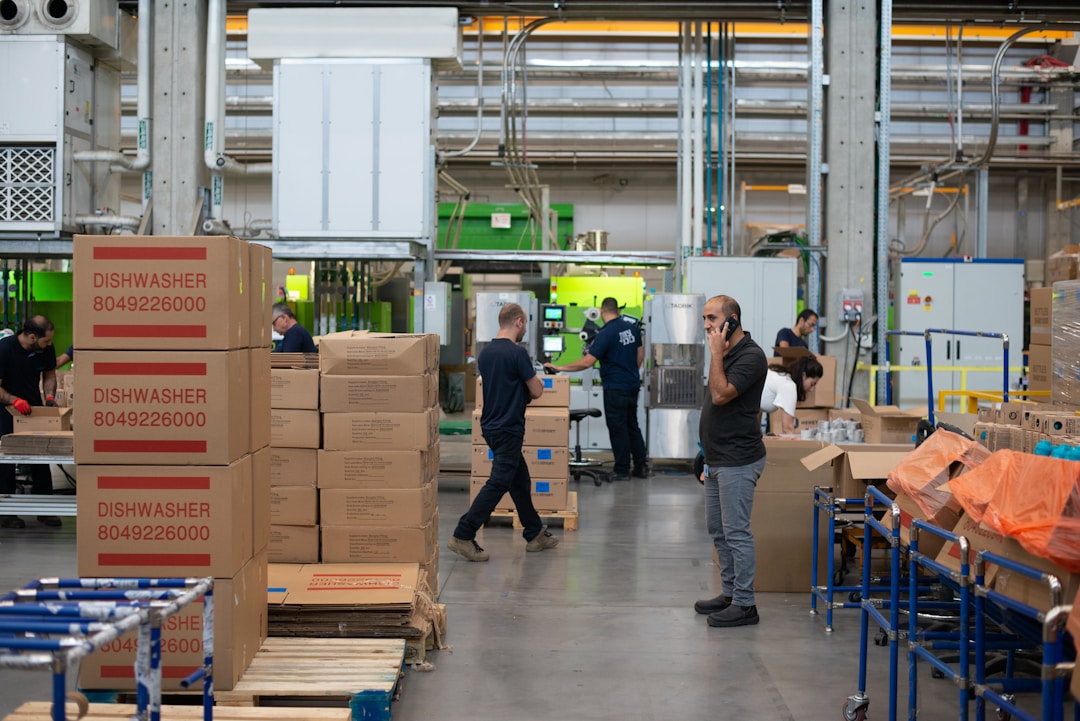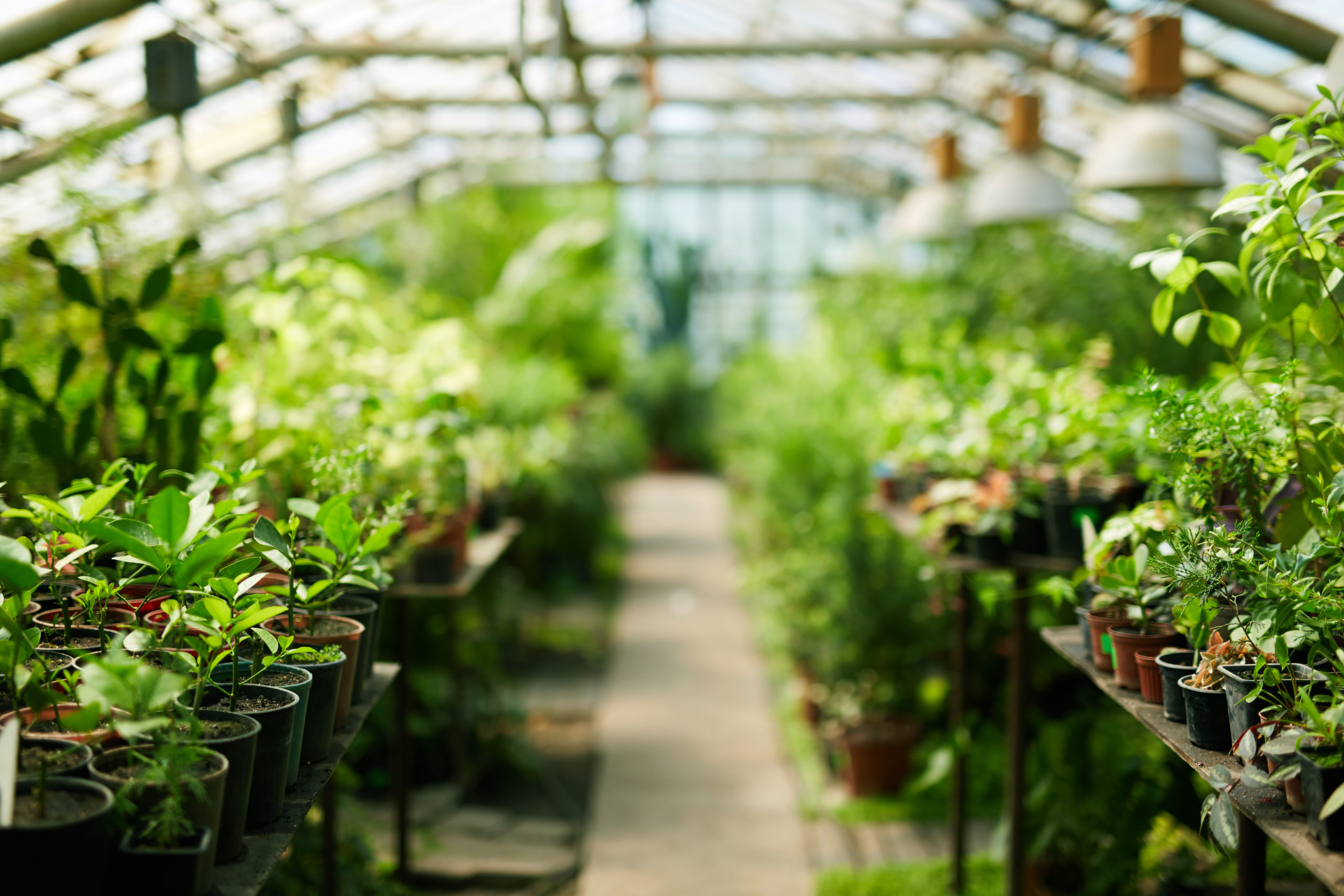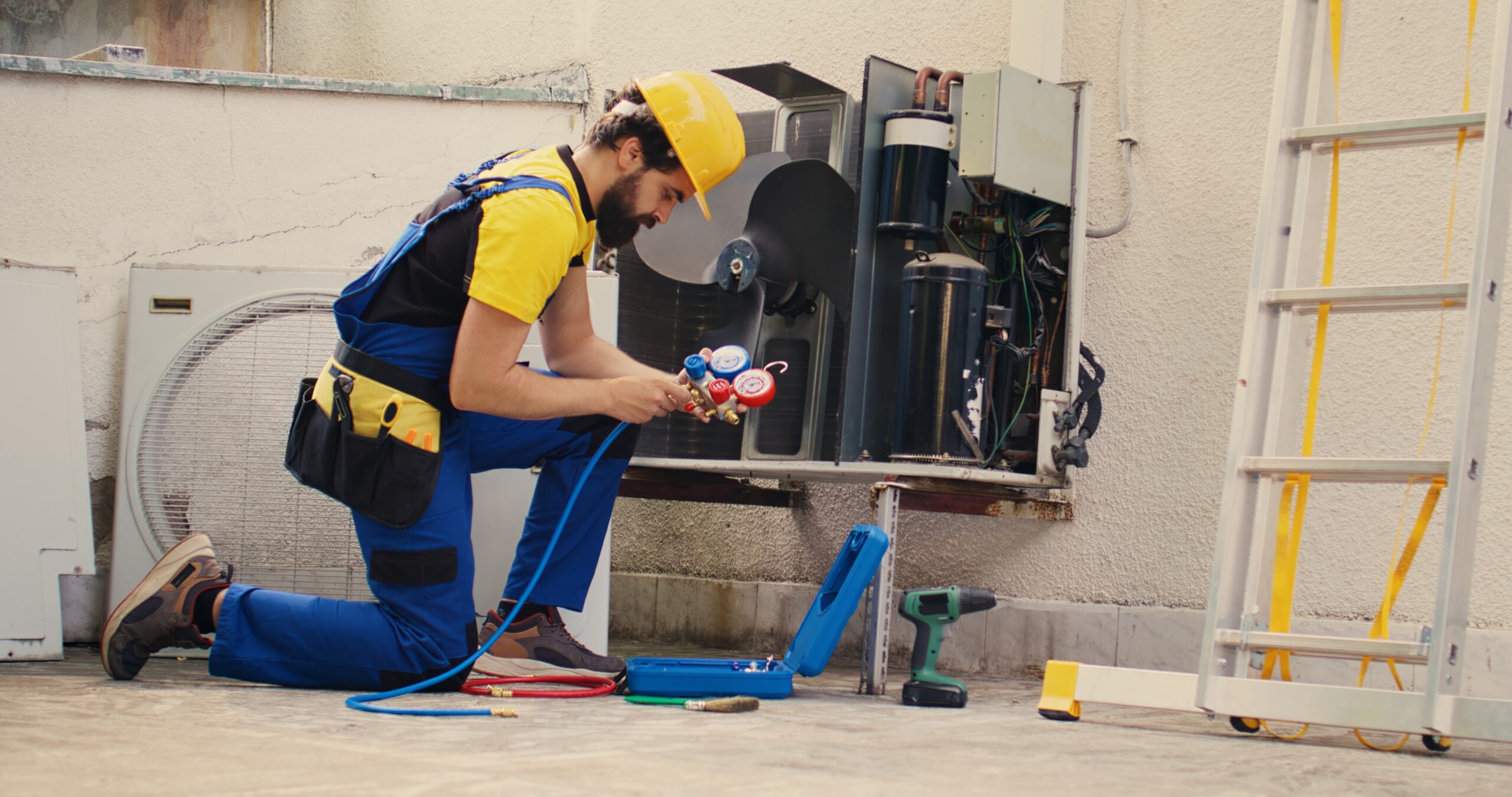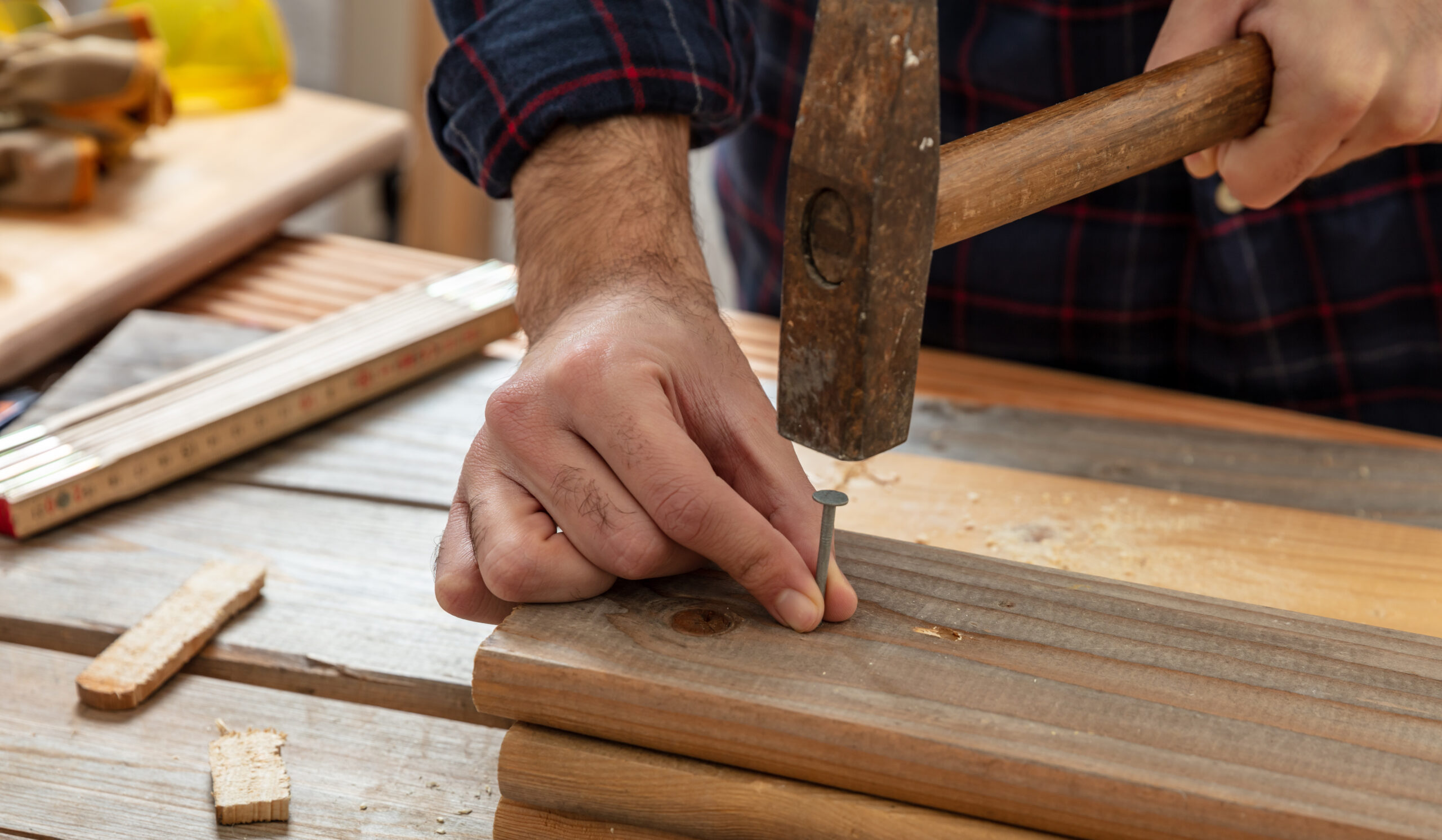Once items are produced, they must be distributed to vendors who can sell them to consumers. The systems and people who ensure products reach consumers make up the product supply chain.
Supply chains can vary widely. Some products are transported overseas. The manufacturers and transport companies may have safety regulations they must follow. Goods may be subject to import taxes, and some products must be stored at specific temperatures to prevent them from spoiling. Other items may need to be isolated to avoid safety hazards during transport. The supply chain’s complexity depends on the goods, their origin and destination, and the systems in place to transport them.
Who oversees the product supply chain?

Logisticians are business experts who oversee and evaluate product supply chains. Companies hire logisticians to ensure products are acquired, transported, and delivered. Logisticians may adjust the supply chain based on the nature of the goods, their point of origin, or their destination. The logistician must ensure the goods will meet safety standards and pass inspections during transport. The logistician will also be responsible for finding routes and transport options to ensure the goods are delivered before they’re spoiled to reduce waste.
Logisticians may also adjust the supply chain to address trade issues. For example, companies that rely on softwood lumber have opted to purchase lumber companies in the United States to avoid paying tariffs on Canadian softwood lumber imports. Product supply chain management involves not only finding the most efficient plan for delivering goods but the most cost-effective option possible to prevent inflating product costs.
Logisticians may develop supply chains that operate effectively for months. However, disruptions can require logisticians to change the supply chain while products are en route. Natural disasters, such as hurricanes, earthquakes, forest fires, and floods, could block transit routes or affect warehouses scheduled to receive goods. A logistician uses their analytical and problem-solving skills to re-route merchandise as efficiently as possible.
What resources enable producers to distribute products?

Several professionals and systems enable products to be transported effectively. Transporting goods begins with the packaging.
Companies use shrink wrap machinery to secure products with plastic film. The machinery wraps the film around the goods and sends the goods down a conveyor belt. The shrink bundler cuts the plastic film and seals it. Heat is applied to the shrink wrap, which contracts. Consequently, the film tightens and keeps the products from shifting. Polyolefin shrink wrap is approved by the Food and Drug Administration (FDA) to wrap food and beverages. Wrapping food with shrink wrap can prevent the food from being exposed to oxygen, which prevents food from spoiling and extends food products’ life. Shrinkwrap machinery also uses less space than other packaging equipment. Using shrink wrap eliminates waste and reduces packaging costs.
Trains, freighters, and trucks move merchandise between locations. The type of transport used may be affected by the products. Any mode of transport may be safe for shipping toy dolls or baptism supplies, but fragile products, such as TVs and glassware, may require specific transport procedures to prevent damage. Agricultural products and medications may need to be contained in refrigerated units or transported in freezers.
Some products may also pose environmental or safety risks. For example, oil spills can kill wildlife and cost millions in environmental damage. Flammable natural gas may be transported on tanker ships. Trained staff may be required to load and transport dangerous products to ensure optimal conditions are maintained and that the merchandise is transported safely.
Product supply chains use warehouses to receive, store and redistribute merchandise. Warehouse workers confirm products arrive on schedule, ensure merchandise is stored appropriately, and load goods onto transport vehicles that will deliver the products to retailers.
The product supply chain begins once goods are produced. Logisticians ensure products are correctly packaged and transported to their intended destination. The product supply chain can be affected by trade regulations, available transport options, the nature of the goods being transported, and environmental factors.


















